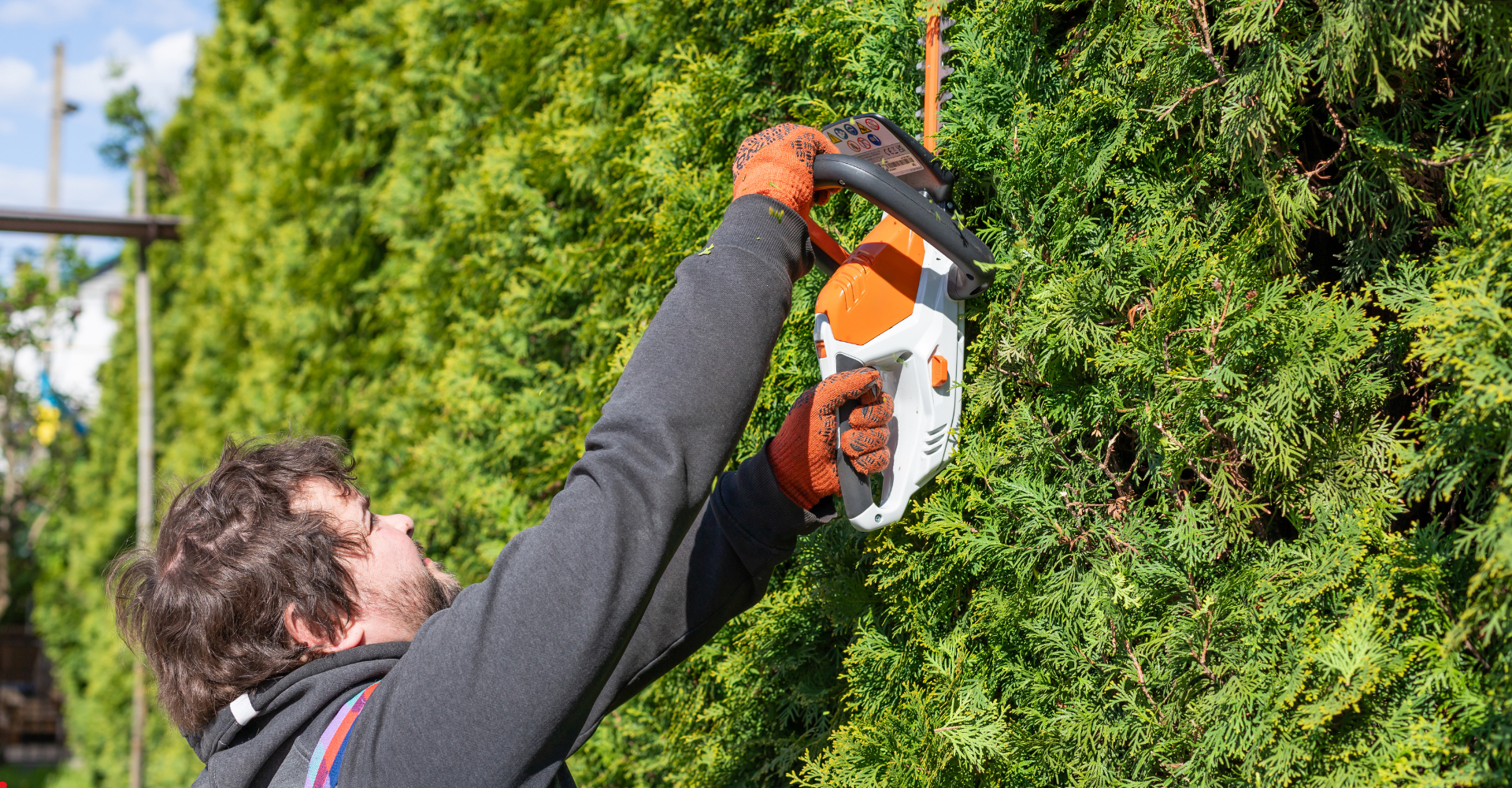What Months Can You Cut Trees Down in the UK?
Tree work in the UK is regulated by law and governed by practical considerations that affect both safety and tree health. If you’re planning tree removal or reduction on your property, knowing the right months to carry out the work can help you stay compliant and ensure the best outcomes for the site. This guide, written for a UK audience and incorporating the keyword local tree surgeon, covers seasonal timing, legal requirements, and practical tips.
Introduction: why timing matters
Timing matters for several reasons: bird nesting seasons, dormancy cycles, and the health of the tree itself. Local authorities and professional tree surgeons emphasise working within appropriate windows to minimise ecological impact while ensuring safety. Understanding the rules can save you time, money, and potential penalties.
Seasonal windows for tree work in the UK
Winter (late autumn to early spring)
Many tree works are commonly carried out during the winter months when the tree is dormant. Dormancy reduces the risk of disease spread and makes removal or pruning safer and cleaner. However, there are exceptions, especially if a dangerous tree poses an immediate risk. A local tree surgeon will assess each site to determine if winter work is feasible and compliant.
Spring
Spring can be busy for wildlife, particularly bird nesting. In many areas, utilities and councils expect any pruning or removal to avoid the main nesting season. If work is urgent, a professional can help navigate exemptions or temporary permissions. Expect inspectors or notices if work disrupts protected habitats.
Summer
Summer work can be challenging due to heat stress on both workers and trees. Some species are actively growing, which can affect wound healing and disease susceptibility. If work is unavoidable, a local tree surgeon will implement protective measures to reduce stress on the tree and minimise disruption to the landscape and neighbours.
Autumn
Autumn is a transitional period. Leaf drop can reveal structural concerns that weren’t previously obvious. Weather can be unstable, increasing the risk of delayed work due to rain or wind. A professional will balance the timing with ecological considerations, especially if there are protected species nearby.
Legal considerations and permissions
Tree Preservation Orders (TPOs)
If a tree is covered by a Tree Preservation Order, you cannot prune or remove it without consent from the local planning authority. The local tree surgeon will help determine whether a TPO applies to your tree and guide you through the application process if needed.
wildlife and nesting protection
In the UK, wildlife protection laws (such as during the nesting season) mean that some work is restricted during certain times of the year. A local tree surgeon should conduct a survey to identify active nests and secure any necessary licenses or exemptions.
High hedges and planning consent
Some large trees or hedges near property boundaries may require planning permission if affecting light, access, or property boundaries. An experienced local tree surgeon can advise on whether consent is needed and how to apply.
Utility clearances and access
If your property is near overhead lines or other utilities, timing may be influenced by safety considerations and permits from utility providers. A local tree surgeon will coordinate with the relevant authorities to schedule work safely.
Practical tips for choosing the right time
- Schedule a site assessment with a local tree surgeon to determine the safest and most compliant window.
- Consider ecological factors, such as nesting birds or protected species in the vicinity.
- Prioritise safety: dangerous trees may require emergency removal outside typical windows, with appropriate permits.
- Discuss waste and timber management options, including chipping, grinding, or reuse of timber.
Common scenarios and recommended timing
Safe, non-urgent pruning
For pruning or light maintenance, winter or late autumn is often recommended, provided there are no nesting birds and no TPO restrictions.
Removal of a hazardous tree
If a tree poses an immediate risk (as identified by a professional assessor), work may be performed promptly, with the appropriate permissions and safety measures in place, regardless of the season.
Protected species nearby
If nesting birds or other protected species are suspected, a survey will be necessary, and work may be delayed or rescheduled to comply with regulations.
Final thoughts
Timing tree work in the UK requires a balance of safety, legality, and ecological responsibility. Working with a qualified local tree surgeon ensures that you navigate licensing, nesting restrictions, and seasonal considerations effectively. If you’re unsure about the timing or permissions, contact a professional who can assess your site, advise on the appropriate season, and manage the necessary approvals. A professional assessment can prevent delays and legal complications while keeping your trees and surroundings healthy.
HD Tree Services meets all these criteria, offering expert tree surgery, competitive pricing, and outstanding customer service across Mansfield and the surrounding areas. Contact us today for your free quote and see why we’re the Tree Surgeon Mansfield residents recommend time and again.





